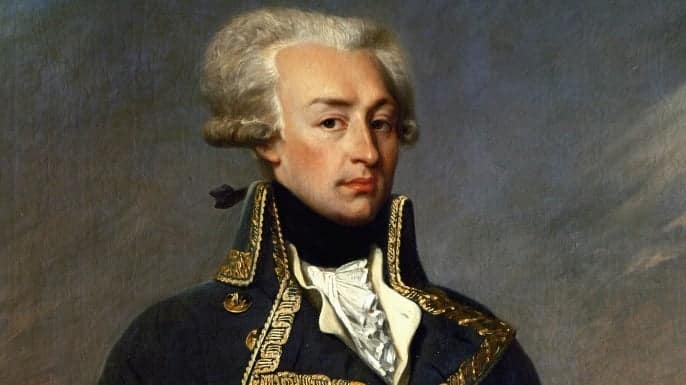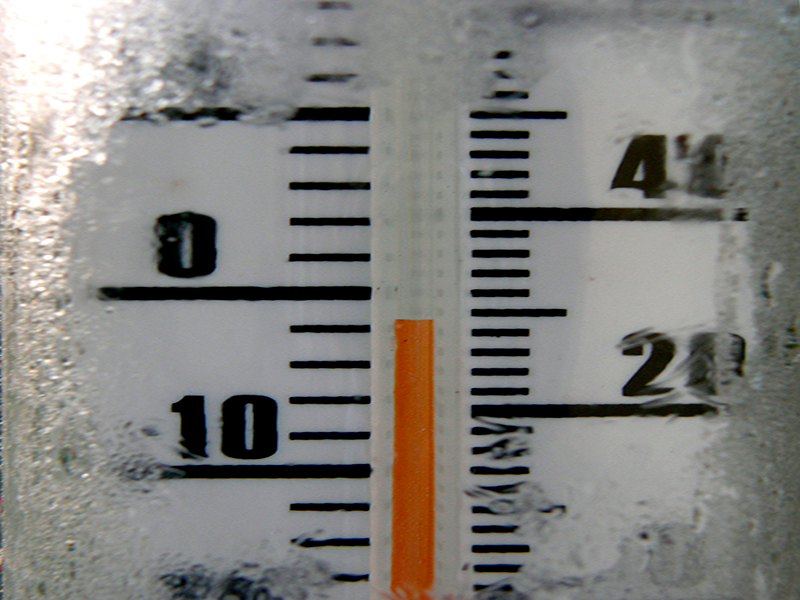The Marquis de Lafayette Arrives in St. Louis: April 29, 1825

Marie Joseph Paul Yves Roch Gilbert du Motier, Marquis de Lafayette, arrived in St. Louis on this date in 1825. Lafayette fought in the Revolutionary War and was among George Washington’s most trusted generals. Later, he returned to France and was an influential figure in the French Revolution. During the years of 1824-25, Lafayette returned to the United States to commemorate the 50th anniversary of the revolution. He toured each of the then-24 states in the union, and arrived to St. Louis on the steamboat Natchez after spending time in Nashville.
Lafayette was greeted by William Clark, whose term as territorial governor had only ended five years prior, as well as Senator Thomas Hart Benton. Auguste Chouteau, who’d had a hand in the city’s founding, was also there for the reception. After a private lunch, Lafayette was given a tour of local highlights, including a collection of “curiosities” William Clark had gathered during his Corps of the Discovery expedition.
Lafayette was accompanied by Auguste Levasseur, who published a book detailing their tour through the country based on his journal entries. Here’s a little bit of what he had to say about their stop in St. Louis:
“On the morning of the 29th of April, Governor Clark, of Missouri, Governor Coles of Illinois, and Colonel Benton, came on board; who all three came to accompany the general to St. Louis. Some minutes after, the steam-boat Plough Boy, having on board a great number of citizens, ranged along side the Natchez, and the nation’s guest was saluted by three cheers, which made the forests of the Missouri resound with Welcome, Lafayette. We then weighed anchor, and at nine o’clock saw a large number of buildings whose architecture was very fantastical, rising from the midst of beautiful green shrubbery and smiling gardens, commanding distant views of the river. This was the city of St. Louis. Its name, and the language of a great portion of its inhabitants, soon informed us of its origin. But if we were struck with the diversity of languages in which General Lafayette was saluted, we were not less so by the unity of sentiment which they manifested. The shore was covered by the whole population, who mingled their cries of joy with the roar of the cannon of our two vessels. The moment the general stepped on shore, the mayor, Dr. Lane, presented himself at the head of the municipal authorities, and greeted him with an address.”
The day ended with a grand ball that lasted well past midnight. Lavasseur described the party like this: “We found the most numerous and brilliant company assembled, as we were informed, that had ever been seen upon the western shore of the Mississippi. The splendid decorations of the room, and the beauty of the ladies who graced it, made us completely forget that we were on the confines of a wilderness.”
Not long after the Marquis de Lafayette’s visit, Lafayette Park was established in part in remembrance of his recent stopover.
Related Posts
Freezing Temperatures in St. Louis
On December 24, 1872, a 20˚ below zero temperature was recorded for St. Louis.
Tornado Outbreak in St. Louis
On September 29, 1927, a tornado in St. Louis killed 85, injured as many as 1,500, and destroyed much of the area from Webster Groves to the Central West End and eastward to the Mississippi.
St. Louis Symphony Orchestra roots begin
The St. Louis Choral Society was founded by SLSO's first Music Director Joseph Otten on September 1, 1880.



